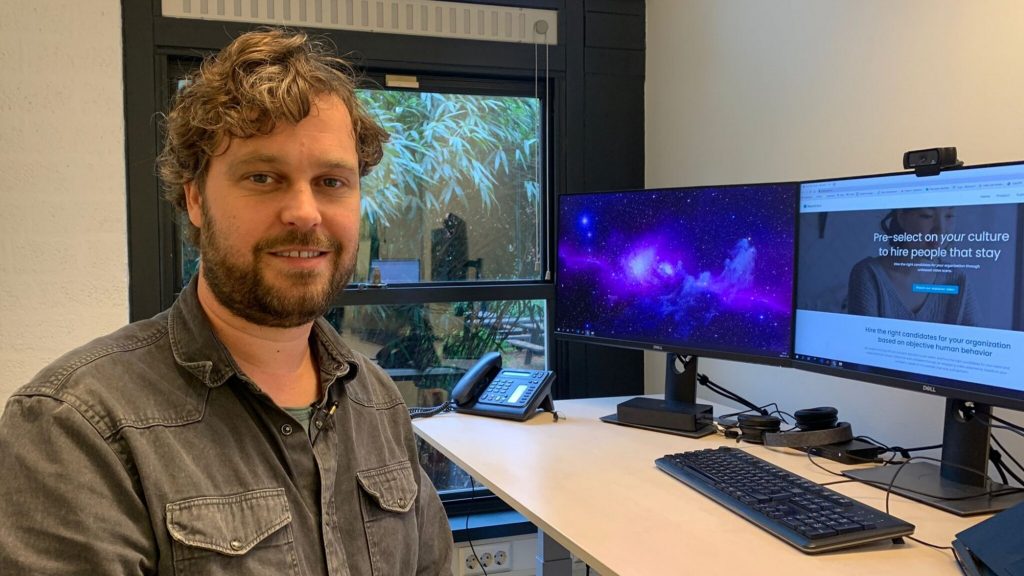Because a computer can measure very minute muscle changes in the face, people who are most stimulated are far from the least stimulated. “We’ve learned that people who are less motivated have few muscle changes in the lower part of the face, such as the chin, mouth, and jaw,” explains Marnix Neber, an experimental psychologist at Utrecht University. “In fact, as if they were tying their tongues together.”
The computer model also discovered that less motivated applicants behaved differently during the interview than highly motivated applicants. “Human evaluators have not seen this, and often mistake enthusiastic applicants for being frustrated,” says Naber. “Some have even mistakenly considered men to be more motivated than women. The model can be very helpful against employment discrimination.”
Ten thousand facial expressions
But learning how to see with the naked eye if someone is motivated is possible, says Dennis Deschamps of the Body Language Academy. “It’s different for each person just how good you can become,” she told EditieNL. “Certainly during a job interview, I can imagine it’s hard to pay attention to the conversation and all the facial expressions. There are ten thousand of them.”
muscles
We have 57 muscles in our faces, 28 of which are for facial expressions. There are about ten thousand of them. For example, if one of the corners of the mouth rises, this may mean contempt. If the mouth retracts horizontally, this indicates fear. When the nose is pulled, it means aversion.
Sources: Muscular man employment Body Language Academy
Motivation is not a primary emotion that can be seen directly on the face, Deschamps says. “But I think it’s possible to make an estimate based on this computer model.” Preferably in conjunction with a recruiter – someone who is recruiting employees. “The computer can do the preliminary work and the recruiter can then start working.”
a small difference
What the computer sees may sometimes require more nuances. “Suppose the computer sees that someone is less motivated, then the recruiter can see the story behind it. Does the person show a facial expression of stimulus inhibition or does the person react to something else, such as stress or a smell in the room?” says Deschamps. “After all, such a computer cannot see what the expression is.”
Although the computer model is well trained to assess the opinion of the applicants themselves, says experimental psychologist Neber. “Some people know very well if they are motivated, while others don’t realize what they want,” he says. “In the latter group, the computer could have known if you were motivated before you did.”

“Lifelong entrepreneur. Total writer. Internet ninja. Analyst. Friendly music enthusiast.”











More Stories
Monster Jam Showdown Launch Trailer
The European Digital Twin Ocean prototype reveals many possibilities
Instagram now lets you add a song to your account